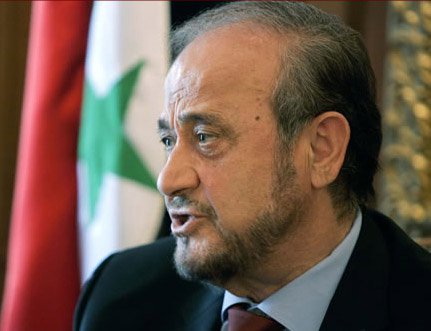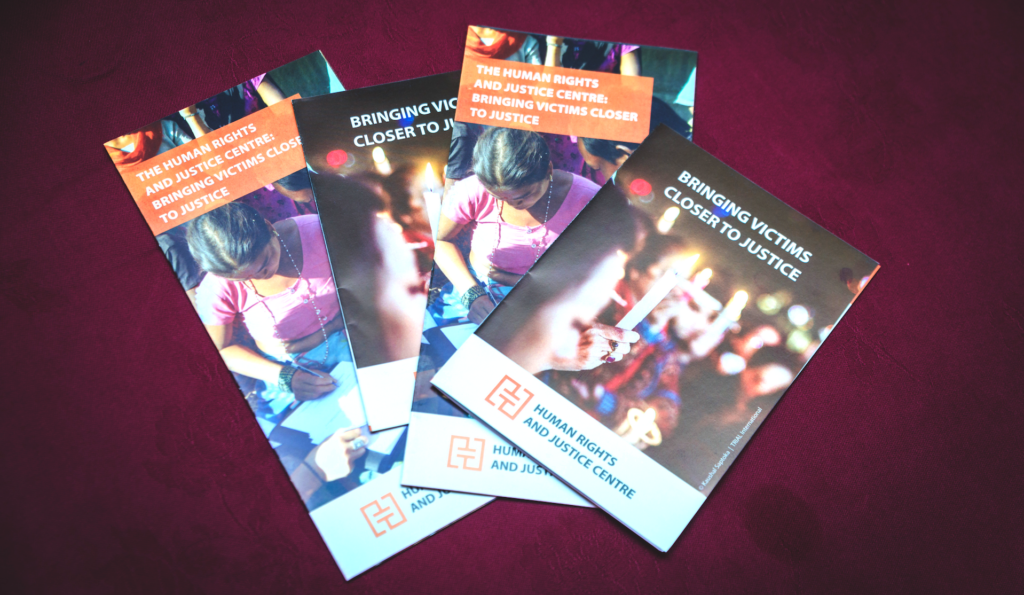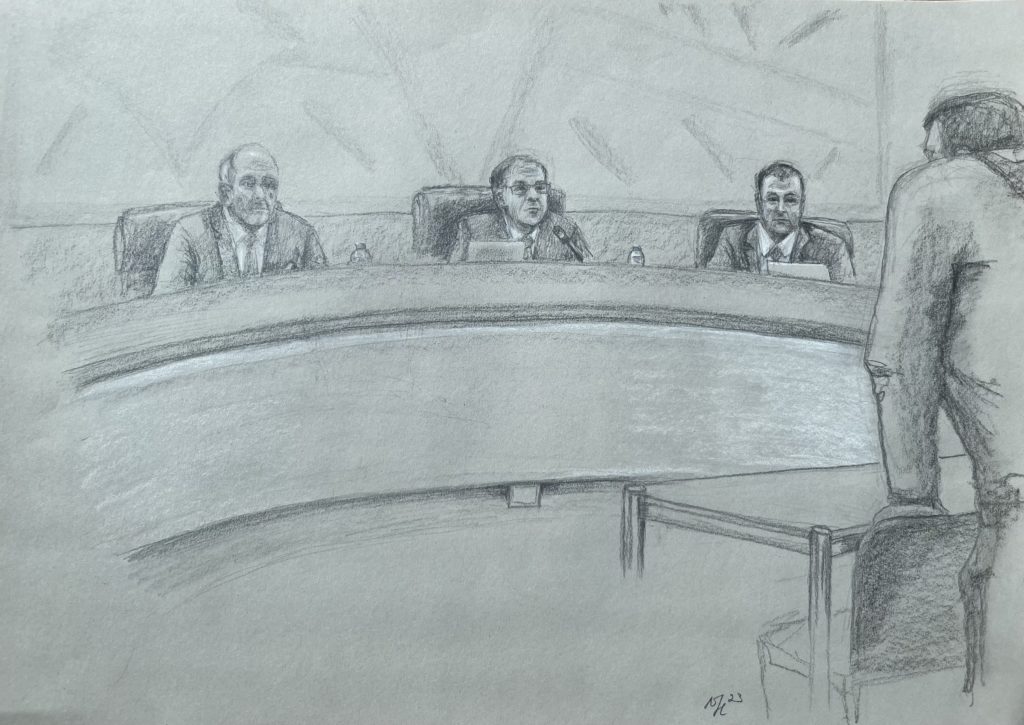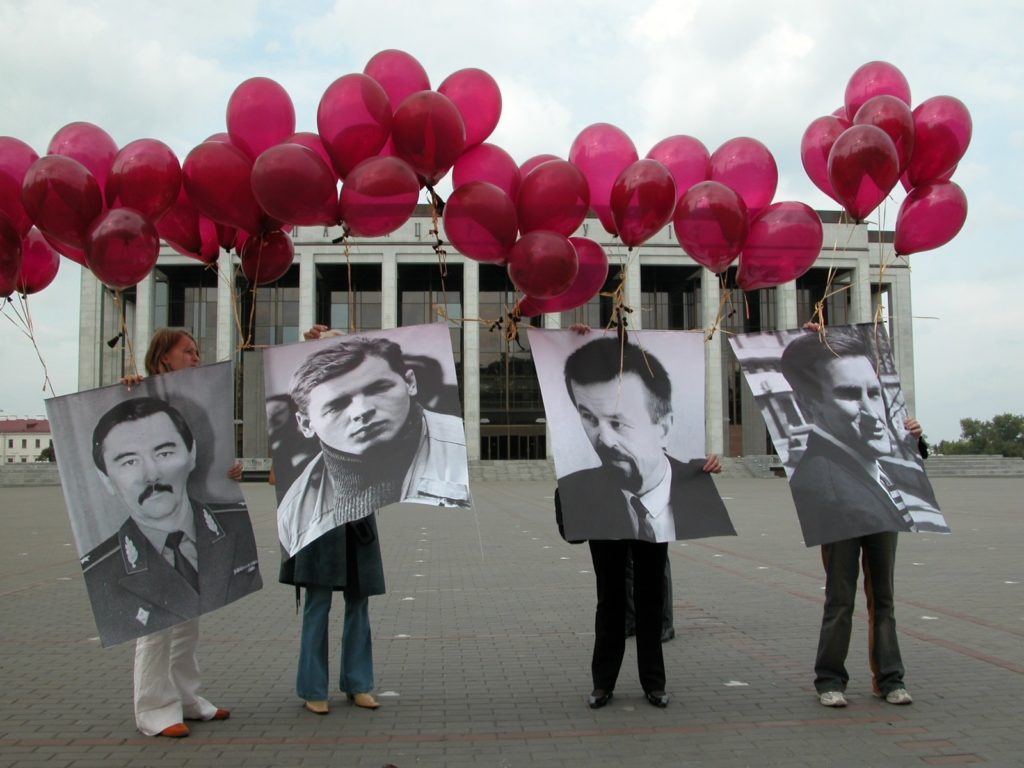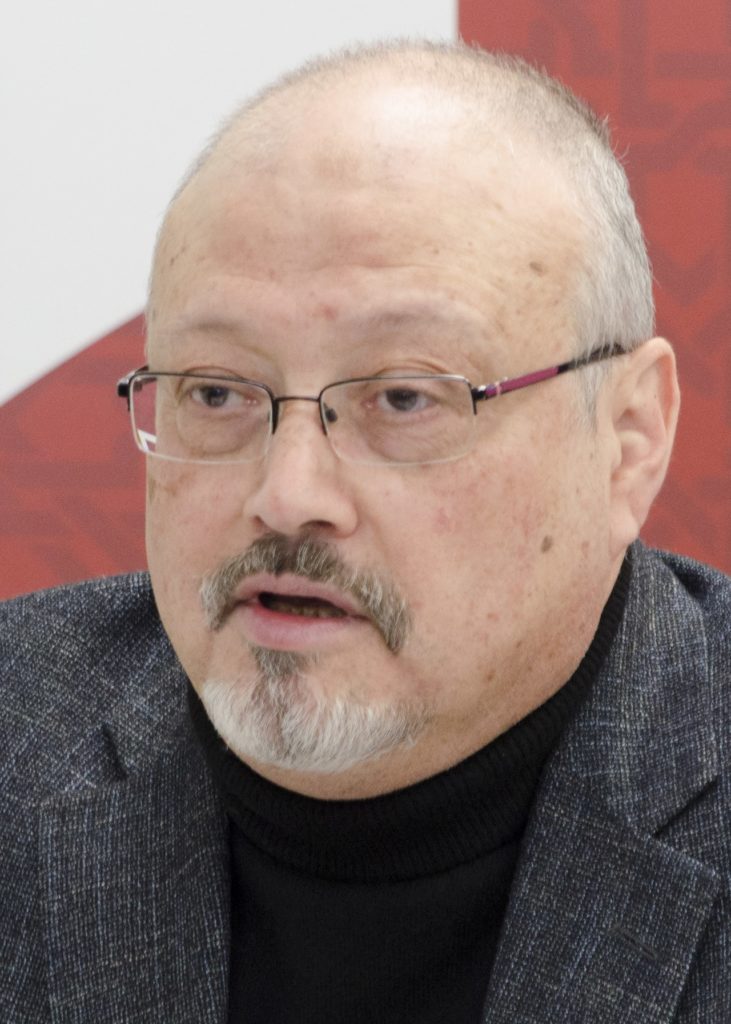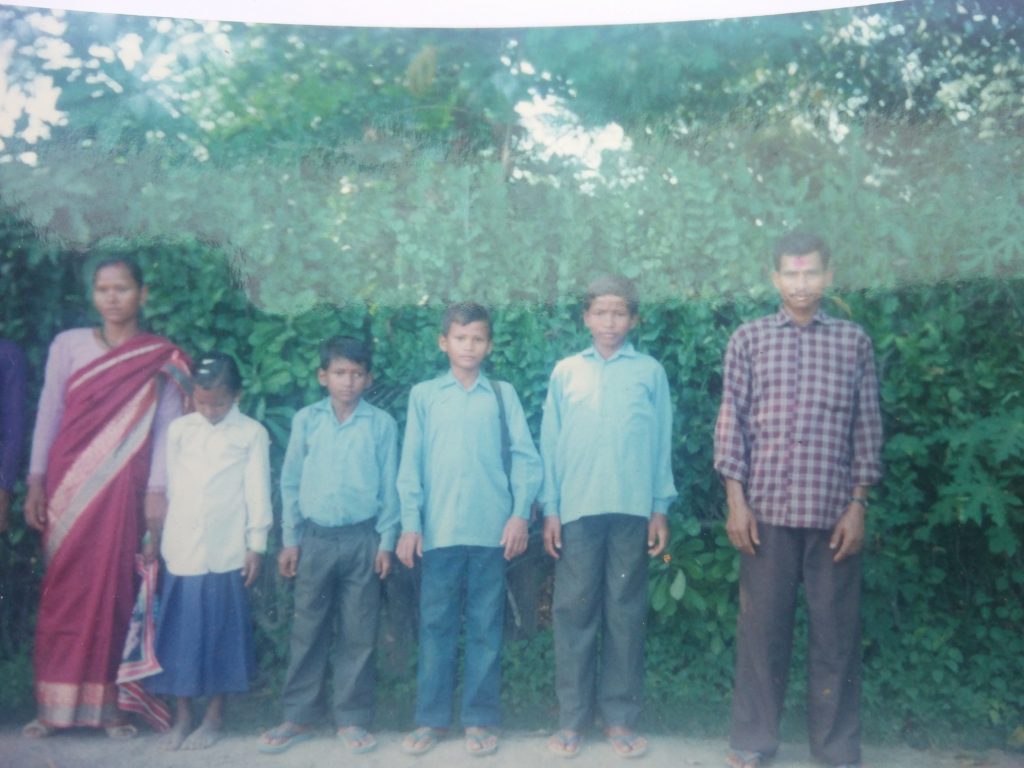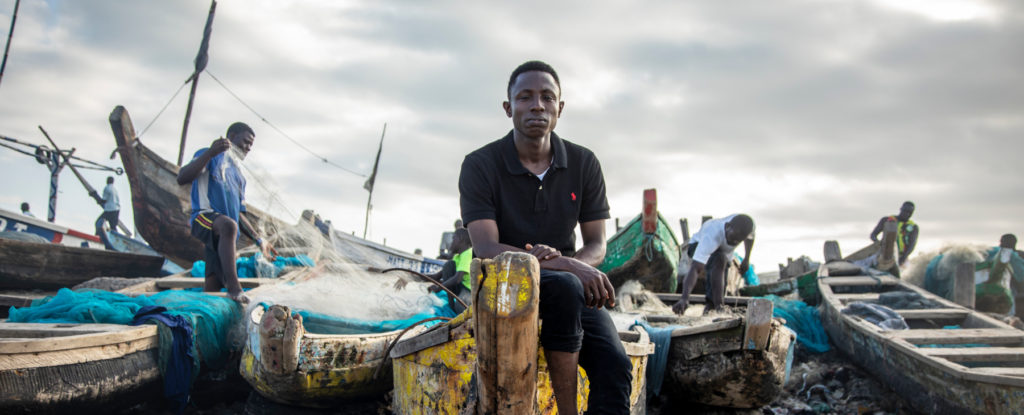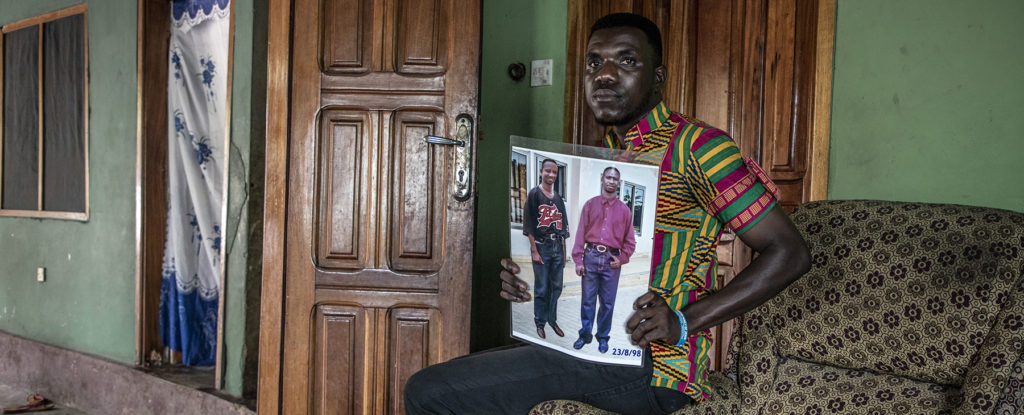Massacre at Mount Vlasic, 21 August 1992, and the subsequent disappearance of the victims
In September 2008, TRIAL lodged six individual applications before the European Court of Human rights in relation to the disappearance of eight Bosniak men during the massacre at Mount Vlasic, on behalf of their relatives.
The cases concern:
- Edin Elezovic, 24
- Emir Elezovic, 22
- Fahrudin Mujkanovic, 29
- Serif Bajric, 50
- Zafir Bajric, 21
- Zijad Huskanovic, 26
- Fahrudin Elezovic, 45
- Asmir Memic, 28.
These civilians were detained at the Trnopolje concentration camp, located ten kilometers away from Prijedor, in northwestern Bosnia and Herzegovina. On 21 August 1992, several buses arrived at the camp, organized by the Serb authorities to transport people out of Prijedor into Muslim-held territory and release them.
Late afternoon, the convoy stopped before reaching the line of separation between Bosnian Serb and Bosnian Muslim controlled territory. Over 200 men were then ordered out of the bus, and sent with other buses to the area of Koricanske Stijene, on Mount Vlasic. The rest of the convoy continued towards its initial destination.
The guards and soldiers commanded the 200 people to leave the buses, and to kneel down on the edge of a cliff. The men were then shot. Grenades were also thrown into the gorge, and wounded men at the bottom of the gorge were fired at. At least twelve men survived the massacre by falling of jumping from the cliff where the killing took place.
The exact fate of the other people, including Edin and Emir Elezovic, Fahrudin Mujkanovic, Serif and Zafir Bajric, Zijad Huskanovic, Fahrudin Elezovic and Asmir Memic, is to this day unclear. Their bodies have probably been buried in mass graves in various locations of Bosnia and Herzegovina in the aftermath of the massacre, but have never been found. More than 16 years after the event, no serious investigation has yet been undertaken by the authorities in order to locate the missing persons or bodies.
Families of missing persons have taken several steps to obtain information about their relatives, through the Federal Commission for Missing Persons of the Government of Bosnia and Herzegovina and the Office for Tracing Missing Persons of the Republika Srpska. These initiatives have proved vain. The only investigation that lead to a criminal conviction was led by the International Criminal Tribunal for the former Yugoslavia (ICTY) against Darko Mrdja, who was sentenced to 17 years in prison.
On 16 July 2007, the Constitutional Court of Bosnia and Herzegovina, seized by several families of victims, ordered all the relevant Bosnian institutions to provide them with all available information on the whereabouts of their missing relatives. This judgement proved useless, as the families still have not received any information about their family members from any of the institutions.
The authors of the complaints request the Court to recognize that the lack of effective investigation by the authorities leads to:
- with regard to the disappeared persons: a continuing procedural violation of article 2 (right to life) and 5 (right to liberty and security) of the European Convention of Human Rights (ECHR)
- a violation of article 13, due to the absence of investigation and effective remedy;
- with regard to the families of the missing persons: a continuing substantive violation of articles 3 and 8 for the psychological distress suffered, as well as for the interference with their family life.
Procedure
After a preliminary examination of the admissibility of the application, on 28 September 2012 it was communicated to the Government of BiH.
In January 2013, REDRESS and the OMCT submitted to the ECHR an amicus curiae brief in relation with the present case to shed light on the link between enforced disappearance and the prohibition of torture and other ill-treatment as well as the relationship between the continuing nature of enforced disappearance and the content of effective remedy and reparation for relatives of those who have “been disappeared”.
In January 2013 the Government of Bosnia and Herzegovina submitted its reply, challenging the admissibility and the merits of the case. On 25 March 2013, on behalf of the applicants, TRIAL submitted its pleadings to the European Court of Human Rights challenging in detail the arguments put forward by the respondent State and highlighting a number of mistakes and contraddictions contained in its submission to the European Court. The latter transmitted a copy of TRIAL’s reply to the Government, fixing 13 May 2013 as the deadline for comments they may wish to make.
On 3 June 2014 the European Court issued a decision, finding that in this case Bosnian authorities did all that could be reasonably expected given the special circumstances prevailing in the country up until 2005 and the large number of war crimes pending in local courts. The exhumation of the mortal remains of four of the applicants’ relatives was considered a significant achievement, as well as the identification of ten direct perpetrators by the State Court, the issuing of two international arrest warrants and the conviction of one perpetrator by the International Criminal Tribunal for the Former Yugoslavia.
The general context
The massacre at Mount Vlasic took place at the beginning of the Bosnian war, within the framework of an ethnic cleansing campaign led by the armed forces and police of the Republika Srpska, following the dismantling of Yugoslavia.
It is estimated that between 100,000 and 20,000 persons died as a consequence of the conflict. Half of the 25,000 persons reported as missing in the aftermath of the conflict were found in various mass graves and identified. Approximately 13,000 persons are still missing.
Only one person was convicted by the ICTY in relation to the massacre of Koricanske Stijene. In May 2008, the Bosnian authorities eventually announced that four other persons had been arrested and would be prosecuted by national tribunals for this crime. Up to this day, the families of victims still have not received any information on the whereabouts of their relatives.

